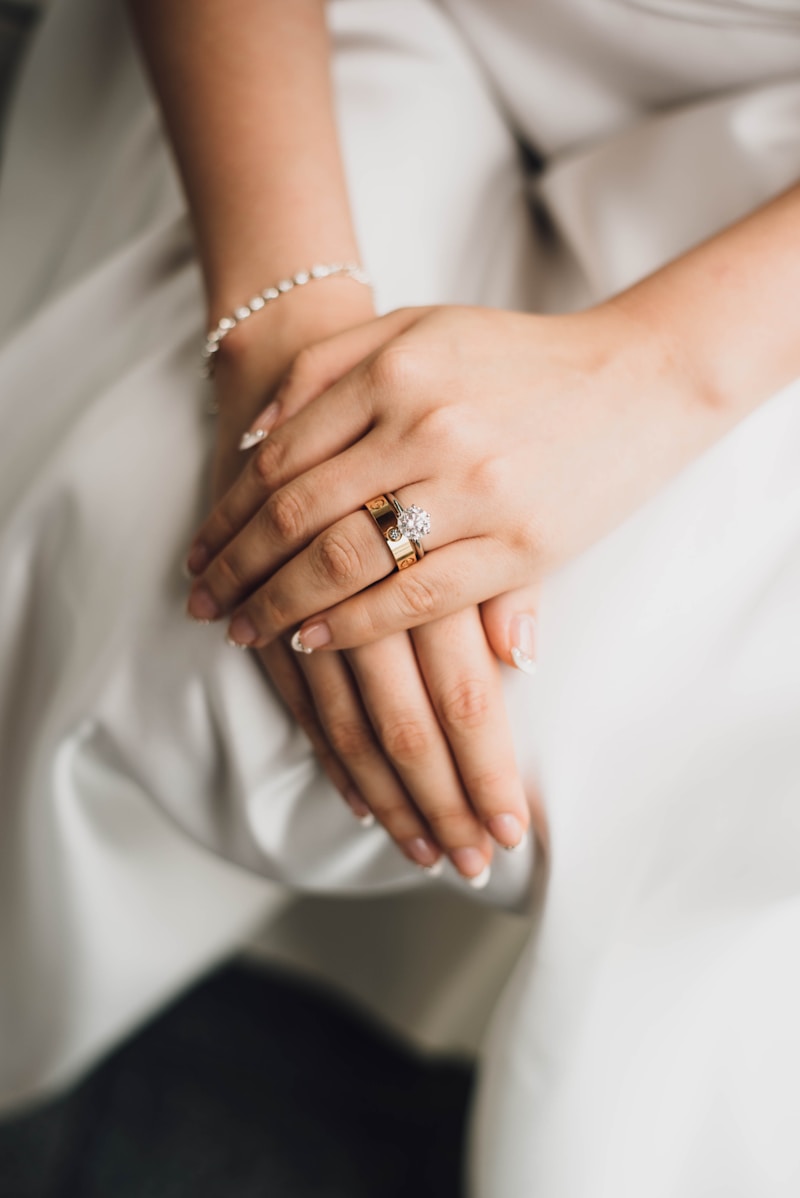Ultimate Guide to the Bridal Alterations Timeline: Ensuring Your Dream Dress Fits Perfectly
Your Comprehensive Bridal Alterations Timeline
Your wedding day is one of the most important days of your life, and choosing the perfect bridal gown is a critical step in the planning process. However, ensuring that your dream dress fits flawlessly involves a carefully planned alterations timeline. This article delves into the essential steps, providing you with everything you need to know about a bridal alterations timeline.
Understanding Bridal Alterations
Bridal alterations are adjustments made to your wedding gown to ensure it fits you perfectly. These modifications can range from simple hem adjustments to more complex changes like taking in seams or adding sleeves. It’s crucial to follow an alterations timeline to avoid last-minute stress.
Why Is a Timeline Important?
A well-organized alterations timeline will save you time, reduce anxiety, and ensure your wedding dress fits comfortably and beautifully. Planning ahead allows for multiple fittings and adjustments, ensuring everything is just right for your big day.
Bridal Alterations Timeline Breakdown
| Timeline Stage | Tasks | Timeframe |
| Initial Appointment | Choose a tailor and discuss your vision and needs. | 6-8 months before the wedding |
| First Fitting | Try on your dress; take measurements and assess needed adjustments. | 3-4 months before the wedding |
| Second Fitting | Review initial alterations; further adjustments may be needed. | 2 months before the wedding |
| Final Fitting | Ensure everything is perfect; make any last-minute adjustments. | 1 month before the wedding |
Detailed Schedule and Considerations
6-8 Months Before the Wedding
Your bridal alterations journey typically begins 6 to 8 months before your wedding. Start by researching local tailors or alteration specialists skilled in bridal gowns. Schedule an initial appointment to discuss your vision and assess the gown’s fit. Bring any undergarments and shoes you plan to wear on your wedding day for accurate measurements.
3-4 Months Before the Wedding
At this stage, you should have purchased your dress. Attend the first fitting, where the tailor will take your measurements and evaluate areas needing adjustments, such as the bodice or hem. Communicate openly about your desired fit, as this will dictate the alterations process.

2 Months Before the Wedding
The second fitting is crucial, focusing on reviewing the initial alterations. The dress may fit better, but further adjustments often become necessary. Be prepared to discuss any new concerns or preferences you’ve developed since the first fitting. Tailoring may involve shortening sleeves, reshaping the neckline, or adjusting the silhouette.
1 Month Before the Wedding
The final fitting is when you ensure the gown meets your expectations. Bring along your entire bridal ensemble, including shoes and accessories, to see how everything works together. It's the perfect opportunity to make any last-minute adjustments regarding comfort or aesthetics. Aim to have this fitting completed at least four weeks before your wedding to allow time for additional tweaks if needed.
Additional Bridal Alterations Tips
Communicate with Your Tailor
Establishing open communication with your tailor is essential. Don’t hesitate to voice any concerns or preferences at each fitting. Remember, your confidence in the dress will reflect on your special day.
Factor in Fabric and Design
Different fabrics react differently to alterations. For instance, lace may require specialized techniques for adjustments. Be aware that some designs may be more challenging to alter, which should influence your purchase decision.
Consider Customization Options
If you're looking to add personal touches, speak with your tailor about customization options, such as adding beading or changing the neckline. These alterations can enhance your gown's uniqueness, making it truly yours.
Common Questions About Bridal Alterations Timeline
What if I lose or gain weight before my wedding?
Weight changes can impact your alterations timeline. If you think you may experience fluctuations, discuss this with your tailor at your initial fitting. They can recommend a plan that allows for adjustments closer to the wedding date.
How much do bridal alterations typically cost?
Costs can vary significantly based on your gown's complexity and the alterations required. On average, expect to spend anywhere from $200 to $600 on alterations. Always inquire about pricing during your initial consultation.
When should I start looking for a tailor?
It’s wise to start looking for a tailor 6-8 months before your wedding date to avoid any last-minute rush. This timeframe provides plenty of opportunity for fittings and alterations.
Conclusion
In conclusion, adhering to a detailed bridal alterations timeline ensures your dress fits perfectly on your wedding day. Start early, communicate effectively with your tailor, and be prepared for multiple fittings to achieve your ideal gown. Remember, your wedding dress is a symbol of your love story, and every detail should reflect your vision.
As you prepare for your big day, keep this timeline in mind and reach out to professionals who can support you in achieving the best fit possible. Happy planning!